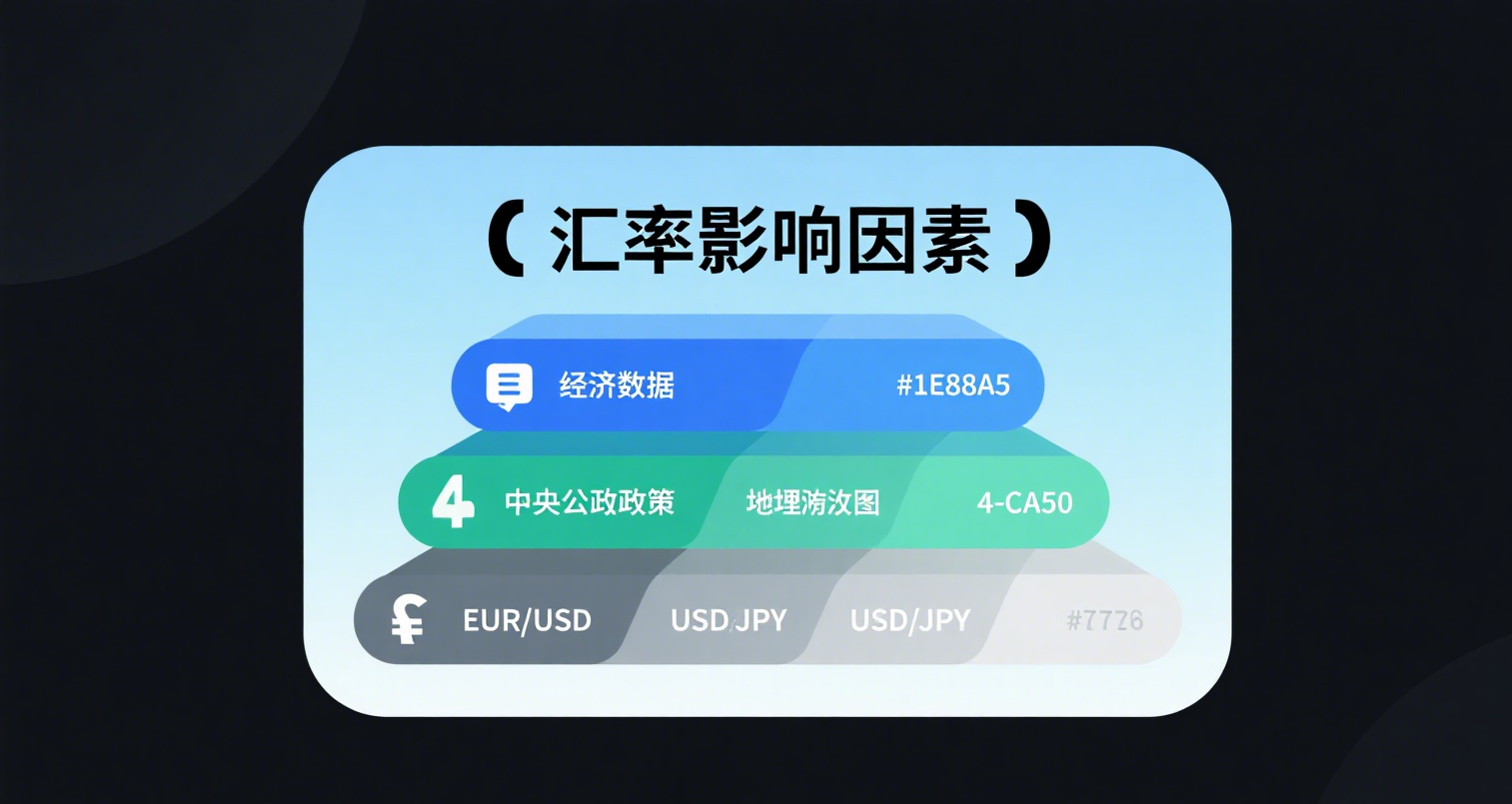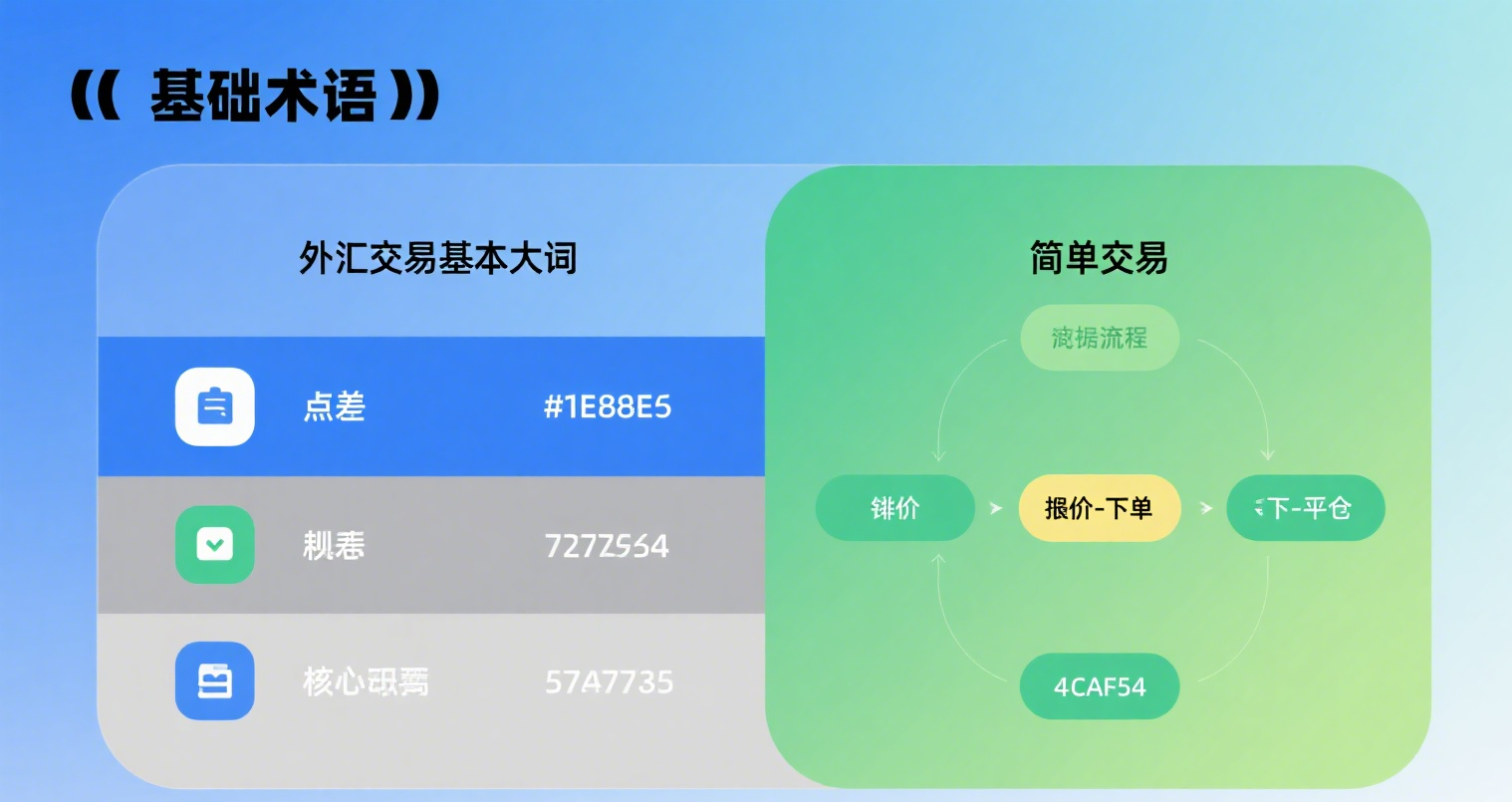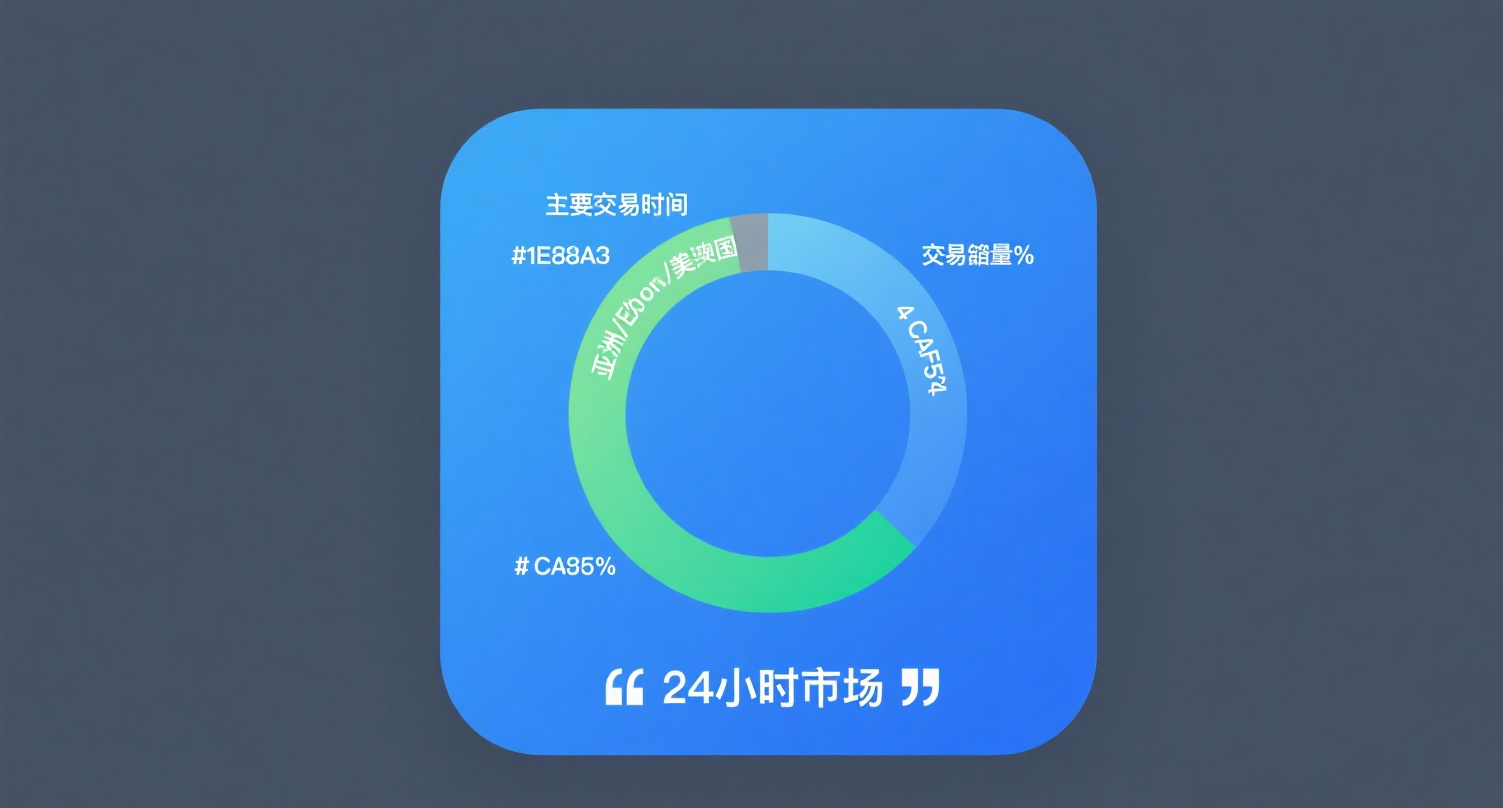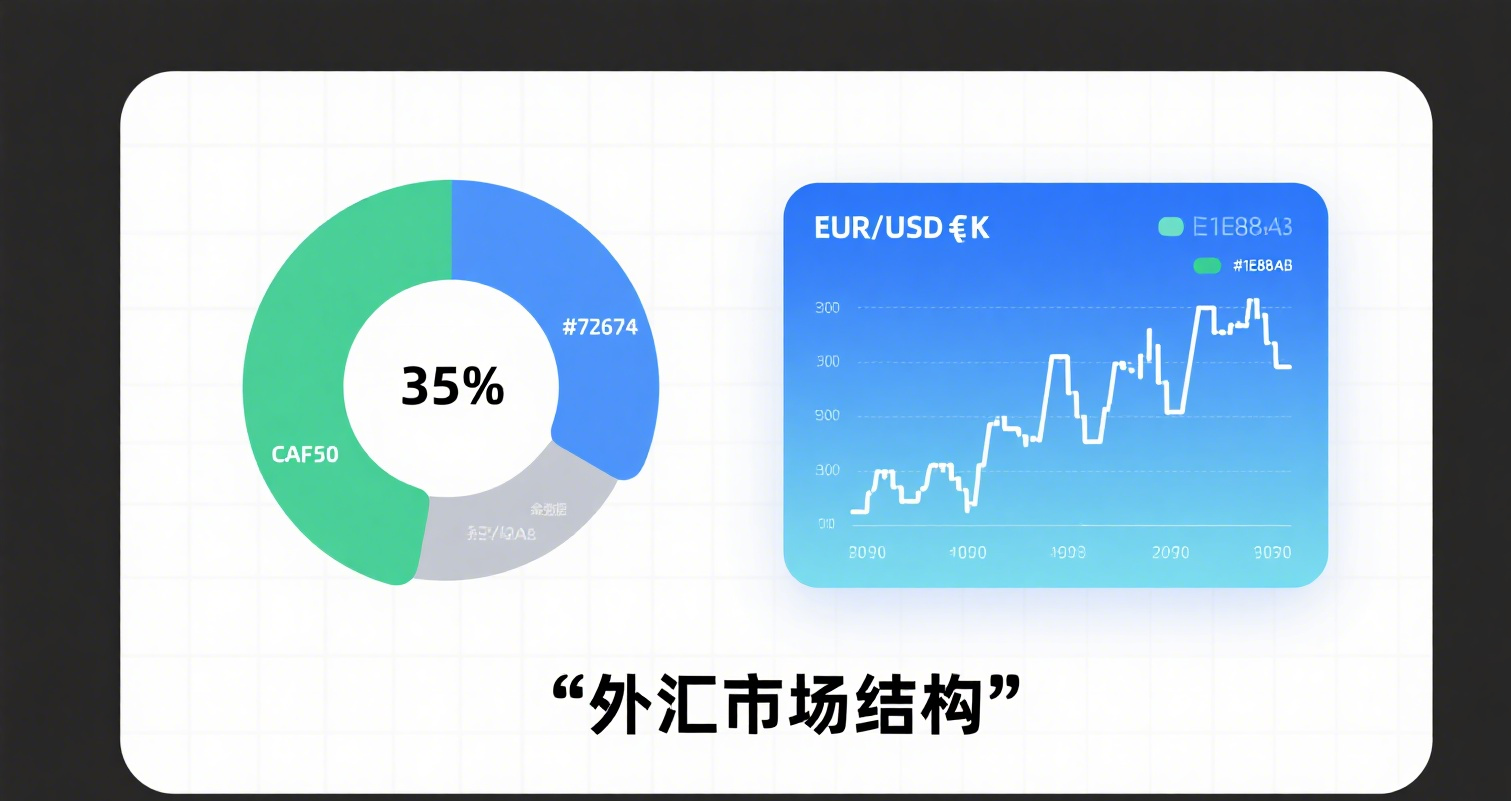
What is Minority Interest?
When a parent company owns less than 100% of a subsidiary—for example, 80%—the remaining 20% held by external shareholders is called minority interest. These shareholders hold less than half of the company's total equity and generally lack control. In consolidated financial statements, minority interest appears on the balance sheet as the equity attributable to minority shareholders, while minority interest in profit or loss is shown on the income statement.
Example: Listed Company A holds 70% of Company B's shares and consolidates its financials. Company A's standalone financials report 1 billion in net assets and 100 million in annual net profit, while Company B has 200 million in net assets and 50 million in annual net profit. How do minority interest and minority profit/loss appear in the consolidated statements?
Income Statement:
The consolidated statement shows 150 million in net profit. However, 30% of Company B's profit (50m × 30% = 15m) belongs to minority interest, leaving 135 million as net profit attributable to the parent. The statement displays: Net profit 150m, minority interest 15m, and parent's net profit 135m.
Balance Sheet:
Consolidated net assets total 1.2 billion, of which 30% of Company B's net assets (200m × 30% = 60m) represents minority interest.
Key Considerations on Minority Interest:
While minority interest may seem insignificant in consolidated reports, it often hides red flags. For instance, LeTV (L视网) historically used minority interest to shift most losses to minority shareholders, artificially inflating the parent's net profit—critical for avoiding delisting warnings under China's A-share rules (two consecutive annual losses trigger such warnings).
From 2010 to 2016, LeTV's parent net profit grew steadily, while minority interest losses surged unusually. Normally, subsidiary losses are shared proportionally by all shareholders. But by concentrating losses in subsidiaries with high minority ownership while retaining profits in wholly owned entities, consolidated reports showed massive minority losses alongside polished parent profits—a tactic often involving related-party arrangements.
Additionally, minority interest raises concerns about tunneling. If disclosures are unclear, disproportionately high minority ROE may suggest the parent is siphoning benefits to minority shareholders through equity structuring.
















